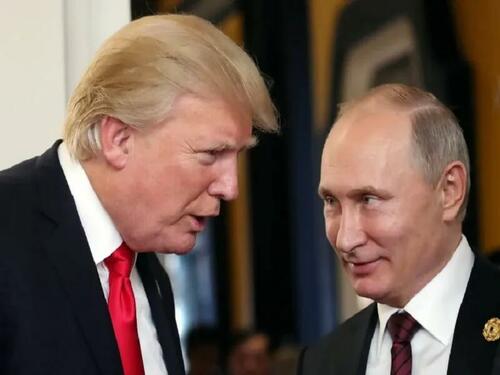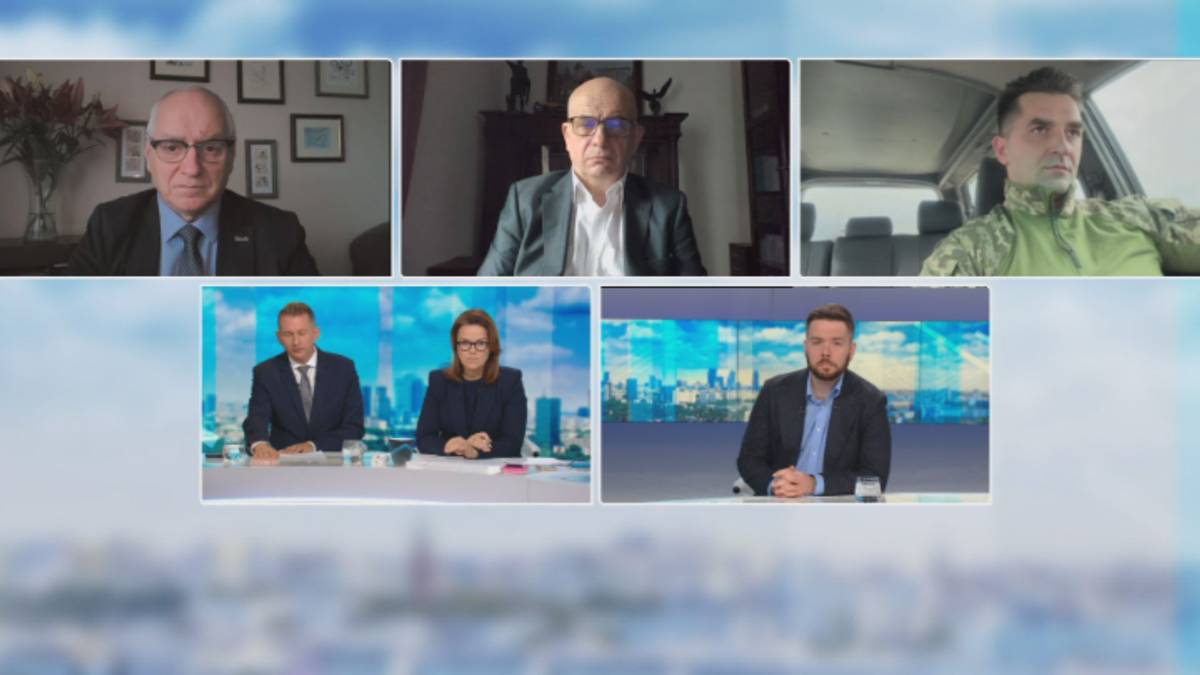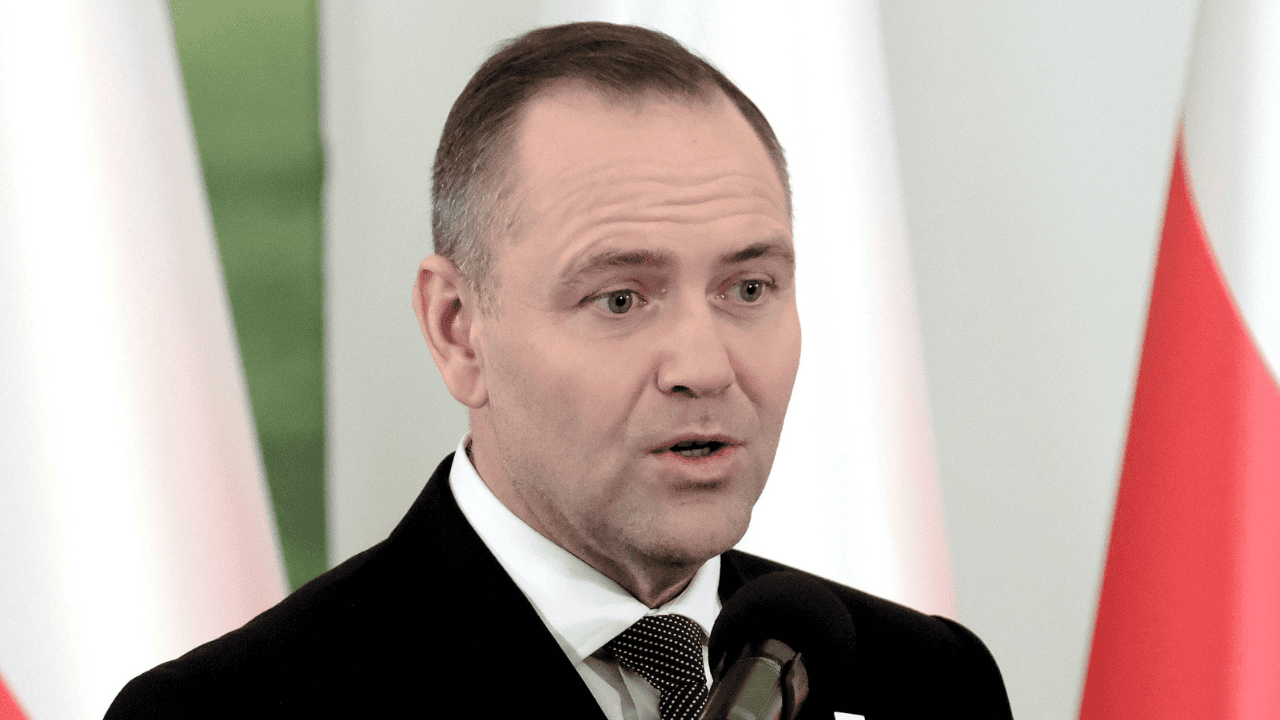
Творческая энергетическая дипломатия может стать основой для грандиозной российско-американской сделки
Автор Эндрю Корыбко через Substack,
Министр энергетики России Александр Новак поделился обновленной информацией о предлагаемом российском газопроводе в Китай через Казахстан, которая была проанализирована здесь в ноябре, незадолго до начала года. Он подтвердил, что "этот процесс, так сказать, продолжается. Сейчас ведутся оценки, технико-экономическое обоснование и переговоры. "
Однако это заявление не должно быть неверно истолковано как предположение, что проект является завершенной сделкой, как это подразумевается в отчете RT. Это больше послание к США на данный момент.
В вышеупомянутом анализе, процитированном прошлым летом, говорится о продолжающемся споре между Китаем и Руссо по поводу ценообразования на трубопровод «Сила Сибири II» (POS2), который сводится к тому, что Китай требует базовых цен (сообщается, что они эквивалентны внутренним ценам России), в то время как Россия, очевидно, хочет чего-то лучшего. Этот тупик еще не решен, и хотя некоторые, такие как Yong Jian из Asia Times, считают транс-казахстанское предложение согласованным изменением маршрута POS2, это, возможно, преждевременный вывод.
Ценовые споры все еще существуют, и «процесс», описанный Новаком, только начался. Он еще далек от завершения и может занять некоторое время, если вообще когда-либо будет завершен, как это было предложено в прецедентах POS2 и Пакистанского газопровода. Первый, ранее известный как «Алтайский трубопровод» до решения о его перенаправлении через Монголию, обсуждался в течение целого десятилетия. То же самое касается второго, который был впервые согласован в 2015 году, но с тех пор не было достигнуто никакого прогресса.
На фоне последних разговоров о газопроводе Россия-Казахстан-Китай («RuKazChi») последний прямой газопровод России в Европу был просто закрыт после решения Украины пропустить свое пятилетнее транзитное соглашение. Россия все еще может косвенно экспортировать газ в Европу через TurkStream, и Европа всегда может компенсировать эту долгожданную потерю 5% от общего объема импорта газа через больше российского СПГ, но на стене написано, что ЕС продолжит диверсификацию из России под американским давлением.
В этом случае потерянные бюджетные доходы России от экспорта энергоносителей в Европу могут быть только реалистично заменены Китаем, но Россия по-прежнему не хочет соглашаться на цены, которые Китай, как сообщается, требует.. Мыслительные процессы его руководителей можно только спекулировать, учитывая непрозрачность и деликатность этих переговоров, но это может быть разумно связано с ожиданием того, что более мускулистое сдерживание США Китая может заставить Пекин согласиться на более выгодные цены со временем.
Другая возможность, которая на данный момент не является взаимоисключающей, заключается в том, что они также могут надеяться, что часть их европейского экспорта может быть возобновлена, поскольку инфраструктура все еще существует, но их партнеры приняли политическое решение о прекращении импорта под давлением США. Поэтому в лучшем случае с их точки зрения Китай согласится на цены ближе к рыночному курсу, в то время как ЕС возобновит часть своего импорта российского газа после окончания спецоперации.
Реальность такова, что Россия вряд ли будет есть торт и есть его тоже.И нет никакой гарантии, что любой из двух его главных газовых партнеров - ЕС и Китай - будет вести себя так, как ожидалось, даже в более поздний срок. ЕС не возобновит импорт трубопроводов, если не получит одобрение от США, в то время как Китай, как известно, работает в гораздо более длительные сроки, чем большинство, поэтому он может воздержаться от заключения сделки на неопределенный срок, пока Россия, наконец, не примет свои требования к ценам. Это ставит Россию в очень плохое положение.
Если что-то не изменится, Россию вполне могут заставить несчастные обстоятельства, в которых она оказывается в согласии с заявленным предложением Китая продать ей газ по внутренним ценам, что может привести к росту сверхдержавы Китая, поставив Россию в более зависимое положение.
Это может быть предпочтительнее, чем сидеть на этих резервах бесконечно, не получая от них никакой финансовой выгоды, поскольку санкции начинают создавать фискальные и денежные проблемы.
С точки зрения США, для России хуже сдержать рост сверхдержавы Китая и вступить в отношения большей зависимости с ним, которые могут быть использованы Китаем для закупки других ресурсов по столь же дешевым ценам, чем позволить частичное возобновление российского экспорта в Европу. В то же время такие возобновления не могут быть одобрены до окончания украинского конфликта, и это было бы политически невозможно в любом случае, если бы США не смогли раскрутить результат как своего рода победу над Россией.

Аналогичным образом, Россия не могла бы согласиться на эту договоренность, если бы она тоже не смогла превратить результат в победу. Особенно, если неформальные условия включают обязательство не строить новые трубопроводы в Китай в обмен на вышеупомянутое предлагаемое возобновление сверхкомпенсации за этот потерянный доход. В этом и заключается необходимость творческой дипломатии, предложенной здесь в прошлом месяце и здесь на днях, понимание которой теперь будет смешано, обобщено и построено для удобства читателя.
Суть в том, что США и Россия могут согласиться на ряд взаимных компромиссов, кульминацией которых станет частичное восстановление энергетического моста между Россией и Западом с целью лишить Китай предполагаемого многолетнего доступа к сверхдешевым российским ресурсам для подпитки роста его сверхдержавы. Никто не должен предполагать, что все предложенное ниже вступит в силу, но эти предложения могут помочь продвинуть их переговоры.
Со стороны США возможные компромиссы могут принимать форму:
Украина, наконец, проводит выборы в рамках поддерживаемого США «поэтапного перехода руководства» против Зеленского, который является главным препятствием для прочного мира, а затем узаконивает следующие два соглашения.
Украина восстанавливает свой конституционный нейтралитет, чтобы исключить себя из членства в НАТО и тем самым решить основную проблему безопасности, которая спровоцировала спецоперацию России;
Украина демилитаризует и денацирует все, что находится к востоку от Днепра, в традиционной для России «сфере влияния» (весь Запад традиционно находился под польским влиянием).
* США прекращают свое двустороннее соглашение о безопасности с Украиной, чтобы заверить Россию, что любое прекращение боевых действий не будет уловкой для перевооружения Украины и возобновления конфликта на более поздний срок.
* США согласны с тем, что западные миротворцы не будут размещаться вдоль ДМЗ между Россией и Украиной к востоку от Днепра (хотя все стороны могут согласиться на полностью незападную миротворческую миссию);
США также согласились с тем, что статья 5 не будет применяться к любой западной стране, чьи войска в форме на Украине, которые будут размещены там в одностороннем порядке в этом сценарии, подвергнуты нападению со стороны России;
* США одобряют частичное возобновление ЕС импорта российского газопровода, чтобы поддержать экономику блока за счет притока дешевого топлива (но более дорогого, чем того требует Китай);
США и ЕС возвращают часть захваченных Россией активов в качестве «компенсации» Западу за сохранение контроля над европейской частью своих трубопроводов.
* США отменяют свои санкции в отношении торговли энергоресурсами между Россией и ЕС, включая использование Россией SWIFT, и расширяют их, чтобы включить больше стран и сфер в качестве награды за поддержание мира с Украиной;
США отказываются от санкций в отношении российского проекта «Арктик СПГ-2» для себя, ЕС, Индии и Японии, чтобы они могли заменить потерянные китайские инвестиции и обеспечить получение этого газа вместо Китая;
* США повторяют предыдущую политику в каждом конкретном случае, чтобы выжать и в конечном итоге заменить все китайские инвестиции в российские энергетические проекты, чтобы исключить возможность дальнейшего экспорта в Россию.
США, опираясь на доверие, которое они надеются восстановить с Россией посредством этих компромиссов, возобновить замороженные переговоры по контролю над стратегическими вооружениями на приоритетной основе до истечения срока действия нового СНВ в 2026 году.
Со стороны России собственные компромиссы могут принимать форму:
Согласившись лишь на частичную демилитаризацию и денацификацию Украины к западу от Днепра (в идеале с первым под влиянием Стамбульского соглашения, в то время как второй может остаться поверхностным);
• Ограничение контроля над украинскими землями только Крымом и теми четырьмя регионами, которые проголосовали за присоединение к России в сентябре 2022 года;
- молчаливо признавая, что не сможет утвердить контроль над частями Херсонской и Запорожской областей к западу от Днепра, но тем не менее продолжает официально поддерживать такие претензии;
Согласие с ограниченными военными ограничениями на своей стороне ДМЗ в качестве меры укрепления доверия для содействия остальной части сложного переговорного процесса и последующего соблюдения этих условий;
* Неофициально соглашаясь уделять приоритетное внимание развитию своих арктических и тихоокеанских флотов, а не Балтийского и Черного морей, в молчаливой уступке влияния НАТО, которая трезво отражает нынешние военные реалии;
формально признавая утрату контроля над частью трубопроводной инфраструктуры ЕС и Украины (в идеале в обмен на «компенсацию», включая возвращение части конфискованных активов);
молчаливо признавая, что остальная часть захваченных активов утрачена, но, возможно, соглашаясь с тем, что они могут быть инвестированы в восстановление Украины и/или Сирии или переданы ООН, возможно, для финансирования нового африканского проекта;
* Неофициально соглашаясь не строить новые трубопроводы в Китай или не расширять экспорт энергоносителей в Китай до тех пор, пока инвестиции в энергоносители, не связанные с санкциями, и экспорт в другие страны чрезмерно компенсируют эту потерю доходов;
Неофициально предпочитая инвестиции без санкций со стороны других стран (Америка, Европа, Индия, Япония, Южная Корея) в богатых природными ресурсами регионах Арктики и Дальнего Востока, а не Китая;
* То же самое касается предпочтения импорта технологий из этих стран (и Тайваня, который год назад был основным источником высокоточных станков в России).
— молчаливое согласие с тем, что эти отказы от санкций могут быть отменены в одно мгновение, если Россия откажется от украинских или китайских условий этой предлагаемой большой сделки;
• вести добросовестные переговоры с США по контролю над стратегическими вооружениями, что в конечном итоге может включать в себя восстановление ограничений на ракеты средней дальности в Европе, что приведет к хранению мощных Орешников.
Поскольку эти компромиссы могут быть политически трудными для каждой из сторон, США могут раскрутить их так, как будто они помешали России контролировать всю Украину и, таким образом, помешать ей посадить свои ботинки на польской границе, в то время как Россия может раскрутить их так, как будто она помешала Украине вступить в НАТО и, таким образом, не позволила этому блоку посадить свои ботинки на своей открытой западной границе. Более того, Россия ослабит давление на нее в Европе, в то время как ВМС США будут контролировать большую часть импорта энергоносителей из Китая.
Ключом к этому является то, что США предлагают России достойную сделку на Украине с прибыльными энергетическими и технологическими возможностями, лишенными санкций, которые будут стимулировать Россию к неформальному согласию лишить Китай десятилетнего доступа к сверхдешевым ресурсам для подпитки роста его сверхдержавы за счет США. Эту грандиозную сделку Трамп проиграет, и мир узнает, что он ее провалил, если Россия добьется прогресса по новым трубопроводам в Китай, которые могут сопровождать или сопровождать его «эскалация для деэскалации».
Тайлер Дерден
Фри, 01/03/2025 - 23:25










